Dreaming of launching your own intimate apparel line? The underwear market offers immense creative and commercial potential, blending personal expression with an everyday essential. This comprehensive guide will walk you through the exciting journey of transforming your vision into a thriving underwear business.
From defining your unique niche to navigating manufacturing and marketing, we’ll cover every critical step. Prepare to delve into the details of branding, product development, supply chain management, and establishing a powerful online presence to connect with your future customers.
How to Start an Underwear Business?
Starting an underwear business can be a fulfilling venture, blending fashion with everyday necessity. To succeed, you’ll need a solid plan, a keen eye for design, and a strong understanding of your target market. This guide outlines the essential steps to launch your own underwear brand.
Step 1: Define Your Niche and Target Audience
The underwear market is vast and incredibly diverse, making niche identification paramount for differentiation and focused marketing. Instead of broadly targeting “women’s underwear,” consider a specific segment like “sustainable bamboo underwear for active lifestyles,” “post-mastectomy bras with discreet pockets,” or “inclusive sizing performance boxer briefs for men.” Research emerging trends, underserved demographics, and potential pain points in the existing market. This in-depth analysis will reveal opportunities where your brand can genuinely offer a unique value proposition.
Once your niche is clear, conduct thorough research into your ideal customer. Go beyond basic demographics. What are their psychographics? What are their values, their purchasing habits, their preferred channels for discovery?
For example, if you target eco-conscious consumers, understanding their commitment to sustainability, their willingness to pay a premium for ethical production, and their preferred certifications (e.g., GOTS, Oeko-Tex) is crucial. This detailed understanding will inform every decision, from fabric selection to marketing language.
Step 2: Develop Your Brand Identity
Your brand identity is the soul of your business, a narrative that communicates your values, mission, and personality. It’s more than just a logo; it’s the feeling people get when they interact with your brand. Brainstorm compelling brand names that are memorable, available, and resonate with your niche.
Develop a visual identity that includes a logo, color palette, typography, and imagery style that evokes the desired emotions and aligns with your target audience’s aesthetic preferences. For instance, a luxury brand might use sophisticated fonts and muted tones, while a playful brand might opt for vibrant colors and whimsical illustrations.
Beyond visuals, define your brand’s voice and tone. Will your brand communicate with humor, authority, empathy, or inspiration? This voice should be consistent across all touchpoints, from website copy to social media posts and customer service interactions. Consider your brand story – what inspired you to start this business? What problem are you solving? A compelling story creates an emotional connection with your audience and fosters loyalty.
Step 3: Design and Prototype Your Products
-
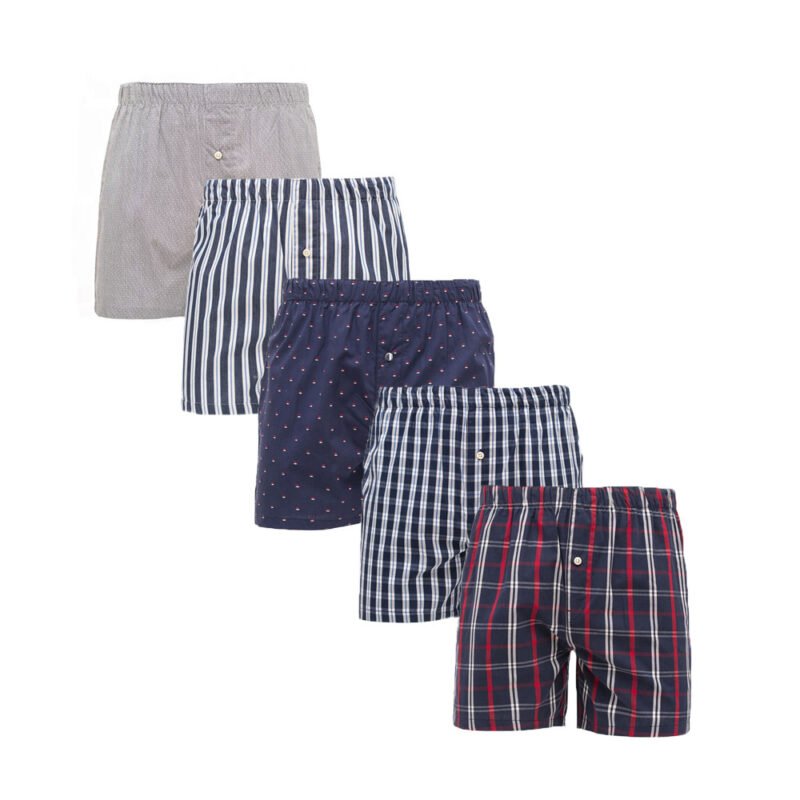 Genuine arrow pants men’s cotton underwear baggy large size boxers home sports pajama pants beach pants boxer shorts
Genuine arrow pants men’s cotton underwear baggy large size boxers home sports pajama pants beach pants boxer shorts -
 Men’s underwear Boxers cotton cotton sexy and comfortable boxers Breathable U raised pants
Men’s underwear Boxers cotton cotton sexy and comfortable boxers Breathable U raised pants -
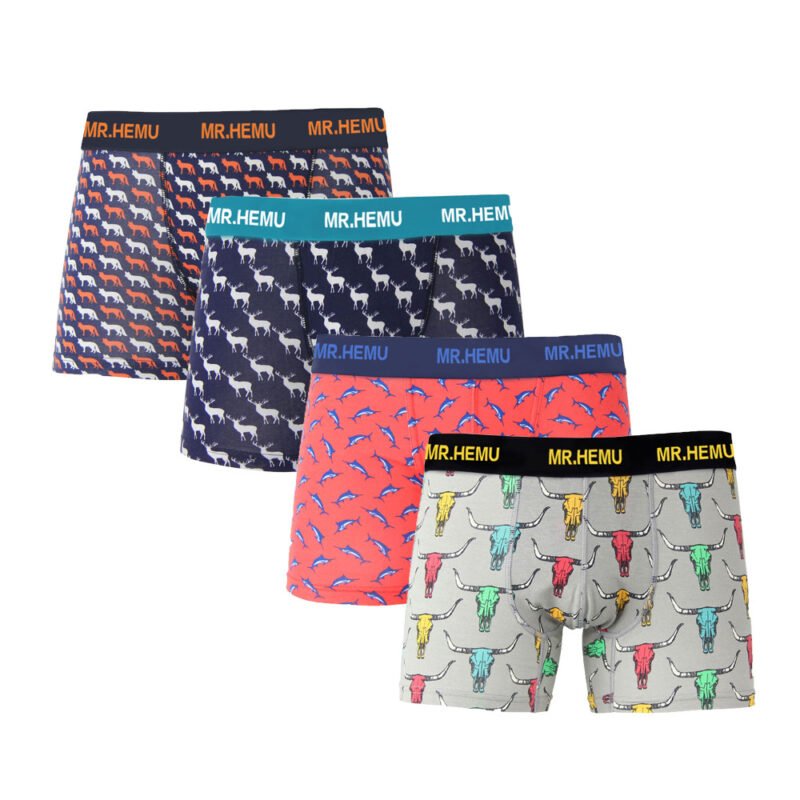 Men’s underwear boxer shorts trend breathable pants cotton sexy boxers sports running
Men’s underwear boxer shorts trend breathable pants cotton sexy boxers sports running -
 Men’s underwear large size medium high waist sports fitness thong sexy seamless breathable three-dimensional U-shaped convex bag t pants
Men’s underwear large size medium high waist sports fitness thong sexy seamless breathable three-dimensional U-shaped convex bag t pants -
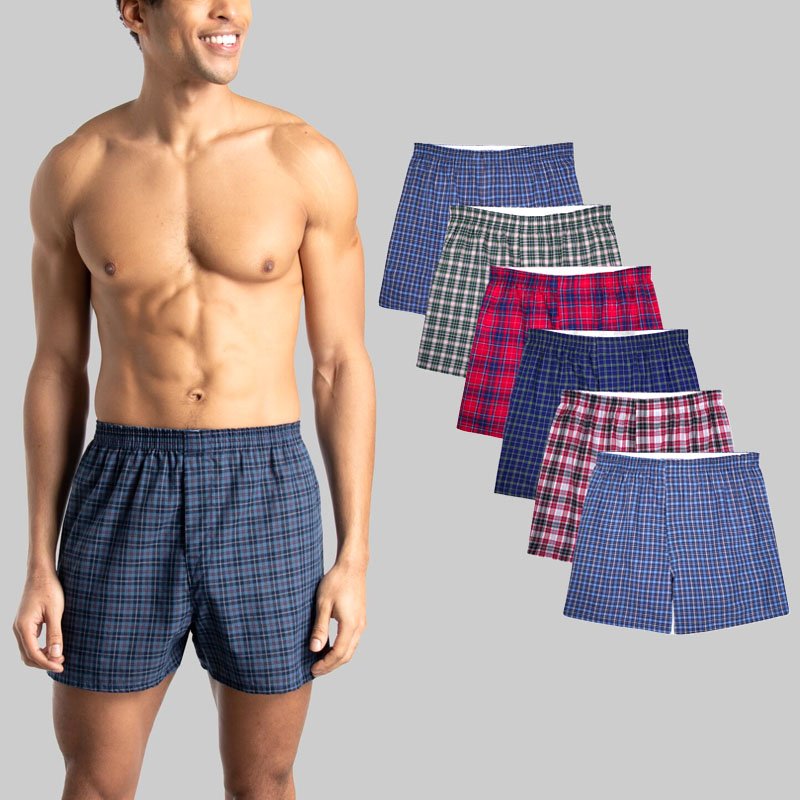 Men’s underwear cotton boxers loose version cotton arrow pants large size comfortable men’s boxers
Men’s underwear cotton boxers loose version cotton arrow pants large size comfortable men’s boxers -
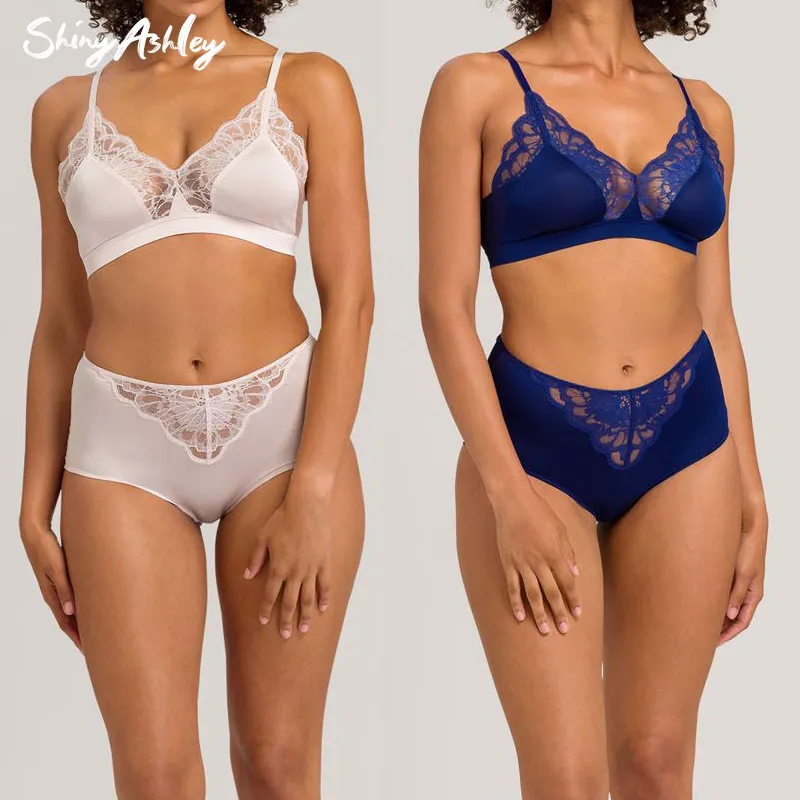 Custom women sexy seamless ice silk breathable underwear
Custom women sexy seamless ice silk breathable underwear -
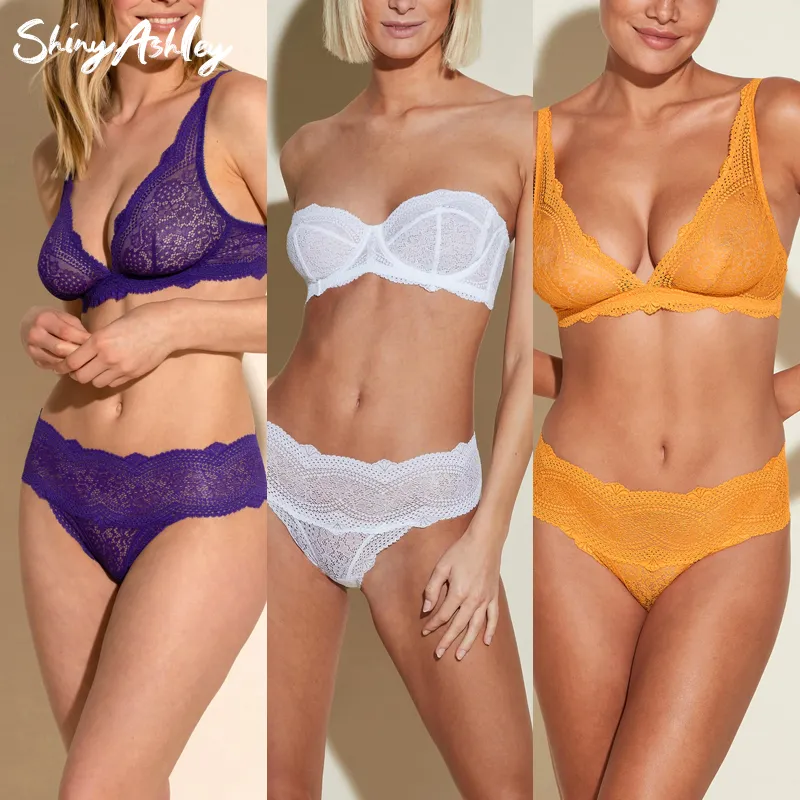 Lace fabric women’s sexy high elastic breathable underwear with cotton sole
Lace fabric women’s sexy high elastic breathable underwear with cotton sole -
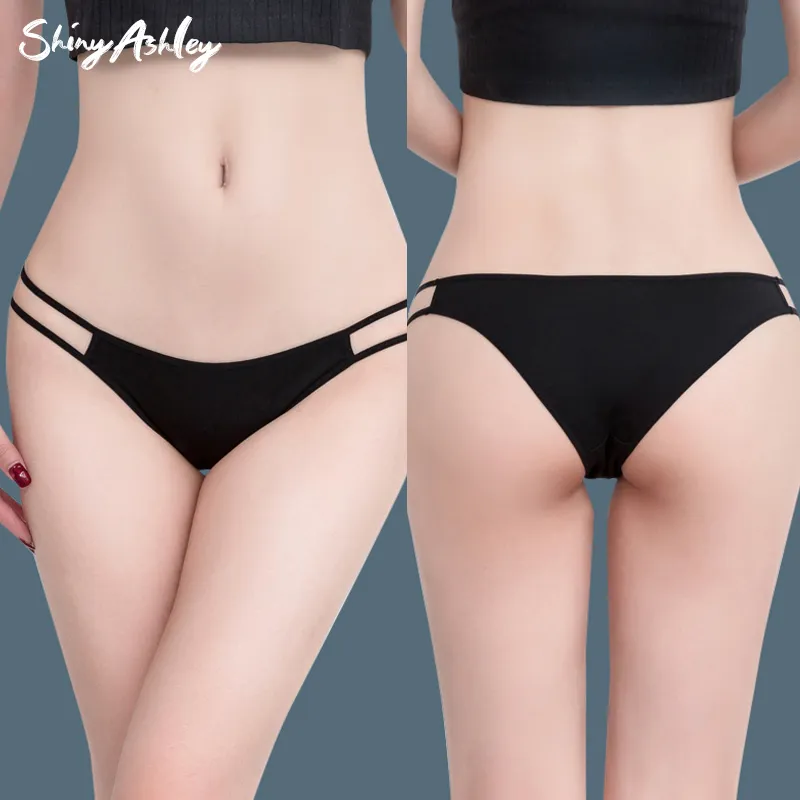 Cotton thin belt solid color sexy women’s triangle thong underwear
Cotton thin belt solid color sexy women’s triangle thong underwear -
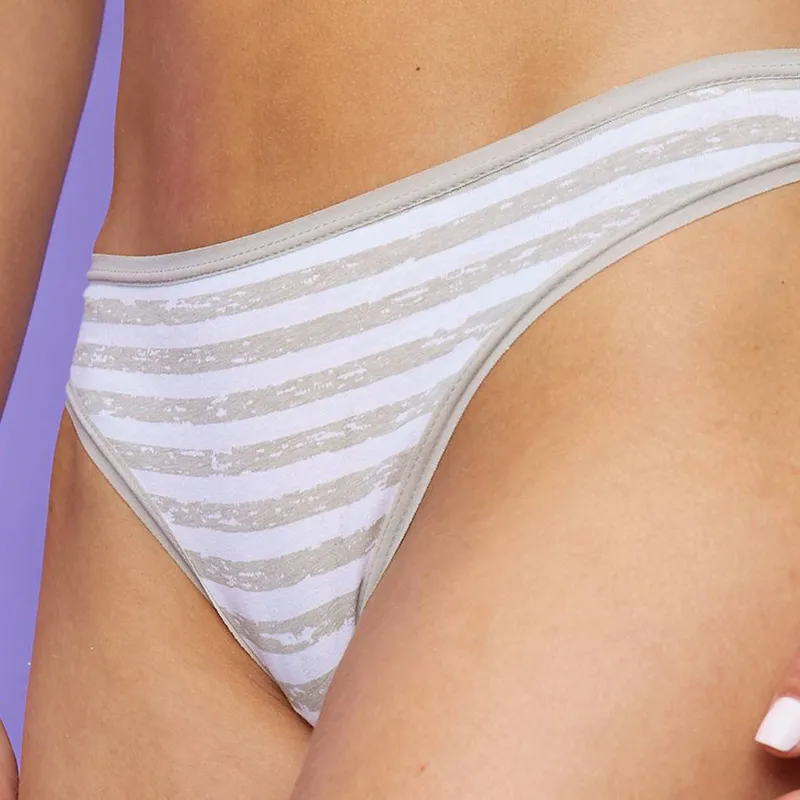 Custom sexy cotton women youth fashion women’s underwear
Custom sexy cotton women youth fashion women’s underwear
The design phase is where your vision translates into tangible products. Begin by meticulously sketching your designs, paying close attention to technical details such as seam placement, elastic types, closure mechanisms, and embellishments. Consider the functionality of each piece: How will it move with the body? Does it offer sufficient support or breathability?
Research innovative materials that align with your brand’s values, such as moisture-wicking fabrics, organic cotton, recycled synthetics, or advanced blends for specific performance needs.
Once your initial designs are solid, move to prototyping. This often involves working with a pattern maker to create precise patterns, and then with a sample room or local seamstress to produce initial samples. Critically evaluate these prototypes for fit, comfort, durability, and aesthetic appeal. Conduct wear-testing with individuals who represent your target audience.
Collect detailed feedback on every aspect – does the elastic dig in? Is the fabric soft enough? Does it provide the right level of coverage? Be prepared to iterate on your designs multiple times based on this feedback until you achieve a product that truly meets your standards and exceeds customer expectations.
Step 4: Source Manufacturers and Suppliers
Identifying the right manufacturing partners is a cornerstone of your business’s success. Research manufacturers that specialize in intimate apparel and have a proven track record of quality and reliability. Look for factories that can handle your desired production volume, whether it’s small-batch artisan production or larger-scale manufacturing.
Critically assess their ethical practices, labor conditions, and environmental certifications, especially if sustainability is a core tenet of your brand. Request samples of their previous work to evaluate their craftsmanship.
When engaging with potential manufacturers, clearly communicate your technical specifications, material requirements, quality control standards, and production timelines. Obtain detailed quotes that break down costs per unit, minimum order quantities (MOQs), and payment terms.
It’s advisable to visit the factory if possible, or arrange for third-party audits to ensure compliance with your standards. Build strong, transparent relationships with your manufacturers and raw material suppliers (fabric mills, elastic suppliers, trim suppliers) as they are integral to your supply chain and the quality of your final product.
Step 5: Create a Underwear Business Plan
A robust business plan is your strategic blueprint, detailing every aspect of your venture. Start with an executive summary that concisely outlines your business concept, mission, and objectives. Conduct in-depth market research to understand the current underwear market size, growth trends, and consumer behavior. Analyze your direct and indirect competitors, identifying their strengths, weaknesses, and unique selling propositions. This analysis will help you position your brand effectively.
Develop a comprehensive marketing and sales strategy, detailing how you will reach your target audience, acquire customers, and drive sales. This includes outlining your brand messaging, preferred marketing channels (e.g., social media, email, PR, influencer marketing), and sales funnels.
Crucially, create detailed financial projections, including start-up costs, projected revenue, cost of goods sold, operating expenses, and profitability forecasts for the first 3-5 years. Include break-even analysis and funding requests if applicable. This plan will serve as a guiding document for your operations and a vital tool for attracting investors.
Step 6: Establish Your Online Presence
In the contemporary retail landscape, a strong online presence is non-negotiable. Invest in a professional, user-friendly e-commerce website that effectively showcases your products and embodies your brand identity. The website should have intuitive navigation, clear product categories, detailed product descriptions with accurate sizing charts, and high-resolution, compelling product photography. Consider using lifestyle imagery that resonates with your target audience and helps them visualize wearing your underwear. Implement secure payment gateways and a streamlined checkout process to minimize cart abandonment.
Beyond your website, strategically leverage social media platforms where your target audience spends their time. Develop a content strategy that educates, entertains, and inspires, featuring behind-the-scenes glimpses, styling tips, customer testimonials, and interactive polls. Engage with your followers, respond to comments, and foster a community around your brand. Consider search engine optimization (SEO) to ensure your website ranks well in search results, and explore paid advertising opportunities on platforms like Google and social media to reach a wider audience.
Step 7: Develop a Marketing and Sales Strategy
Your marketing and sales strategy should be dynamic and multi-faceted. Start by defining your unique selling propositions (USPs) – what makes your underwear better or different from the competition? Craft compelling messaging that highlights these USPs and resonates with your target audience’s needs and desires. Implement a digital marketing mix that includes search engine marketing (SEM), social media marketing, email marketing, and influencer collaborations. Consider partnering with micro-influencers whose followers align with your niche for authentic endorsements.
Develop a robust content marketing plan that provides value to your audience beyond just selling products. This could include blog posts about sustainable fashion, guides on choosing the right underwear for different body types, or interviews with experts in the intimate apparel space.
Explore direct-to-consumer (DTC) sales models through your website, but also consider wholesale partnerships with boutiques or online retailers that align with your brand image. Implement customer loyalty programs to encourage repeat purchases and word-of-mouth referrals. Monitor your marketing efforts closely using analytics to identify what’s working and optimize your strategies for continuous improvement.
How Much Does It Cost to Start an Underwear Production Line?
The cost to start an underwear production line can vary dramatically, ranging from a few thousand dollars for a very small-scale operation utilizing outsourcing to well over a million for a fully integrated manufacturing facility. The primary factors influencing this investment are the scale of production, the level of automation desired, the complexity of designs, the quality of materials, and whether you choose to manufacture in-house or outsource. Understanding these variables is key to budgeting effectively.
Cost of Starting an Underwear Production Line
Manufacturing Equipment and Setup (Estimated: $20,000 – $500,000+)
- Sewing Machines: Specialised industrial sewing machines for intimate apparel (e.g., flatlock, overlock, zigzag machines) are essential. Costs range from $1,000 to $10,000+ per machine, with multiple units required.
- Cutting Equipment: Fabric cutting machines, from manual cutting tables to automated CNC cutters, can range from a few thousand dollars to over $50,000, impacting efficiency and precision.
- Specialized Machines: Depending on your designs, you might need machines for elastic insertion, seamless bonding, heat pressing, or bra cup molding, adding significant costs (e.g., ultrasonic welding machines can be $5,000-$12,000).
- Factory Fit-out: If setting up your own facility, costs for electrical upgrades, air conditioning, lighting, and workspace configuration will be substantial, ranging from $10,000 to hundreds of thousands for a large space.
Raw Materials and Initial Inventory (Estimated: $5,000 – $50,000+)
- Fabrics: High-quality fabrics like organic cotton, bamboo, silk, modal, or performance synthetics can be expensive, with prices varying greatly per yard or kilogram. Initial orders need sufficient volume for production runs.
- Elastics and Trims: Specific types of elastic, lace, ribbons, hardware (rings, sliders), and embellishments contribute to material costs and require careful sourcing to meet design and quality standards.
- Labels and Packaging: Branded woven labels, care labels, hang tags, and custom packaging (boxes, bags, tissue paper) are crucial for brand presentation and will be part of your initial inventory investment.
Product Development and Prototyping (Estimated: $2,000 – $15,000+ per style)
- Pattern Making: Professional pattern makers create the precise templates for your designs. Costs can range from a few hundred to over a thousand dollars per pattern, depending on complexity.
- Sampling: Producing initial prototypes and subsequent revisions for fit, fabric, and construction refinement is a crucial iterative process that incurs material and labor costs.
- Tech Packs: Detailed technical specifications for manufacturers, including measurements, materials, and construction details, are vital for consistent production and can cost hundreds per style.
- Labor Costs (Estimated: Varies significantly by location and scale)
- Skilled Labor: Wages for pattern makers, sample sewers, cutters, machine operators, and quality control staff. These costs are a major ongoing expense, with rates varying immensely by country and experience.
- Training: Initial training for your production team on specific machinery, quality standards, and efficient workflow processes will also contribute to upfront costs.
Certifications and Compliance (Estimated: $500 – $10,000+)
- Material Certifications: If using organic or sustainable materials, certifications like GOTS or Oeko-Tex may be required, incurring application and audit fees.
- Business Licenses and Permits: Registration fees and permits necessary to operate a manufacturing business in your specific location.
- Quality Control Standards: Implementing and potentially certifying adherence to international quality management systems (e.g., ISO 9001) can add to costs but enhance credibility.
Marketing and Branding (Estimated: $5,000 – $30,000+ initially)
- Website Development: Creating a professional e-commerce platform with high-quality photography and user-friendly design.
- Brand Collateral: Logo design, brand guidelines, packaging design, and other visual assets.
- Initial Marketing Campaigns: Investment in social media advertising, influencer marketing, public relations, and other launch promotions to generate initial awareness and sales.
Overhead and Miscellaneous (Estimated: $2,000 – $10,000+ per month for initial operations)
- Rent/Lease: For a production facility or office space if not working from home.
- Utilities: Electricity, water, and internet for the production space.
- Insurance: Business insurance to cover liabilities, property, and potential product defects.
- Software: Design software, inventory management systems, and accounting software.
- Contingency Fund: Crucially, allocate at least 15-20% of your total budget for unexpected costs and delays, which are common in manufacturing.
Conclusion
Launching an underwear business demands meticulous planning, from defining your niche to mastering production. By carefully executing each step, focusing on quality, and building a strong brand identity, you can carve out a successful space in this competitive market. Persistence and passion are your greatest assets.
The journey involves significant investment in design, manufacturing, and marketing. However, with a clear vision and a commitment to understanding your customer, your brand can truly resonate. Embrace innovation and adapt to market demands to foster long-term growth and loyalty.
For your wholesale underwear needs, consider partnering with us. We offer a diverse range of high-quality intimate apparel, ready to help you stock your inventory and launch your brand with confidence. Contact us today to explore our wholesale options and elevate your business.

